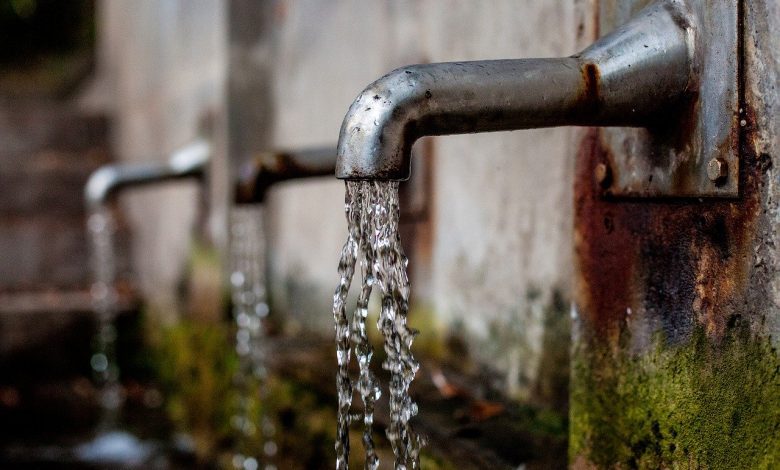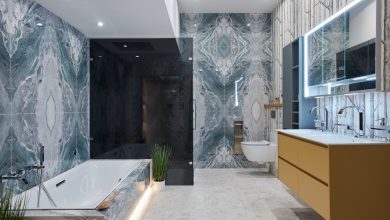
To make the electrical system in the bathroom, first you need to know where the sanitary ware is located to determine the risk areas and consequently how to behave.
Start designing the electrical system:
In the project you must first understand what type of system you want to create, then how many and which accessories you will eventually have, if there is a dryer in addition to the washing machine, how many lights and how many sockets … etc.
The 64-8 standard, updated to the seventh edition in 2012. It has set the minimum number of electrical sockets. It is 2 (if there is no washing machine there is only one) and the minimum number of light points which is 2.
As regards on the other hand, the current absorption of a bathroom electrical system, large it may be, is difficult to exceed the KW. However if you have doubts about its actual capacity you can calculate the sizing.
Another thing that you must take into consideration during the design phase is that inside the bathroom there must be only electrical circuits intended for that area.
So for example no electrical cable that crosses the bathroom to power a hood in the kitchen.
Installations and connections of the electrical system
Inside the room, in order to ensure the safety of people. It is mandatory to distribute the equi potential connections to all conductive surfaces.
In the event that there is a bathtub or a metal window.
In fact, electrical sockets can be installed in the room as long as the areas described above are respected. As for the bathroom light switch, however, it can always be installed in the anteroom, not for safety reasons but for convenience. For Plumbing Services Consult here
Which electrical system in the bathroom Area:
The types of systems provided for in the bathroom area installation plans are as follows:
- Light points with N07V-K electric cable with 1.5 sqmm section laid inside the flexible pipe (corrugated) and any junction boxes
- Control point with single-pole switch on embedded box
- 2P + T 10A socket with N07V-K electric cable with section 1.5 mmq
- 2P + T 16A socket with N07V-K electric cable with section 2.5 mmq
- Socket controlled by a 16A bipolar automatic switch
- Water heater power supply protected by a 16A bipolar automatic switch
- Extractor controlled by the same switch as the light point or with a sensor
- Call point with buzzer with button or tie rod
- Backbone of the light line with 2,5 mmq electric cables and 20 mm diameter flexible hose
- Backbone of the power line with electric cables of 4 mmq and with flexible hose with a diameter of 25 mm
At what height to install electrical devices in the bathroom:
The installation dimensions of the electrical equipment in the bathroom are the same as dealt with in a previous article, i.e. according to the CEI 64-50 and 64-8 Standards. If you have not read the article: installation quotas. The very important thing to take into consideration is to respect the risk zones.
Install underfloor heating in the bathroom:
Installing an underfloor heating system in the bathroom is possible but obviously prohibited in zone 0. Therefore, the use of elements embedded in beaten concrete is allowed as long as the metal grid that covers them is connected to the ground by means of an equipotential connection.
How to make the bathroom electrical system:
Now that you have evaluated the different provisions of the standards and maybe you already have a floor plan with the component diagram, installing the bathroom electrical system is a breeze.





